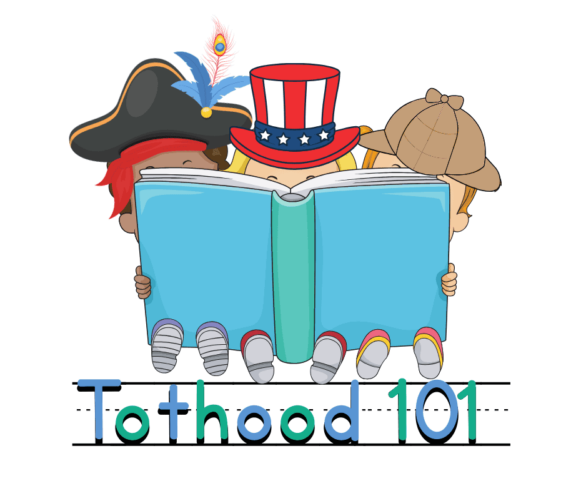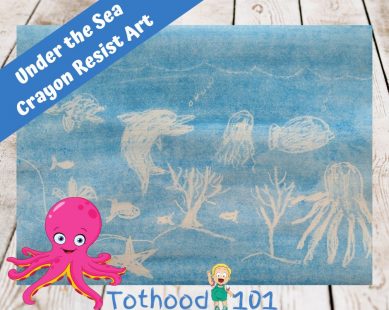
Written by Debbie Brown | November 9, 2022
Here I’ve put together a collection of exciting living and nonliving things activities for preschoolers.
For preschoolers’ first introduction to the concept of living and nonliving things, you’ll want to keep it simple.
Give them a kid-friendly definition of living things, and some examples of living and nonliving things, then let them have fun practicing classifying the two. People, animals, and plants are great to start with as examples of living things.
When I first introduce this concept, I like to use real versions of items. For instance, I show a child a picture of a real lion, not a toy lion.
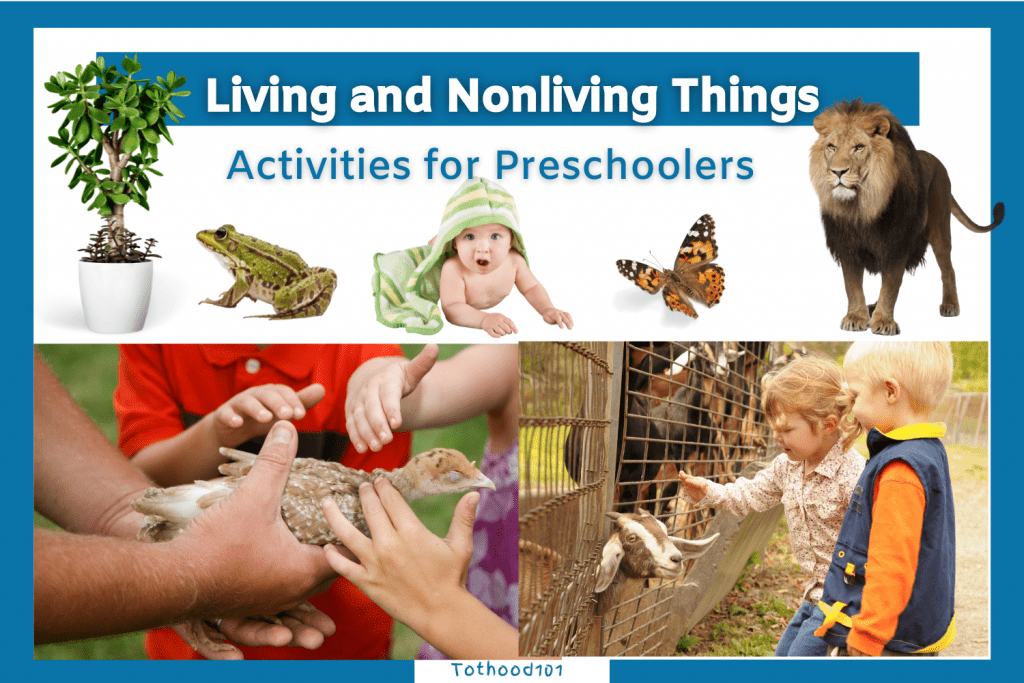
This post contains affiliated links. For more information, please read my full disclosure.
Living Things Definition for Kids
- Living things are alive they need:
- food
- water
- a place to live / shelter
- Living things can:
- breathe
- grow/ change
- make more of their self /reproduce
Books About Living and Nonliving Things
Here are a few books that are great for explaining living and nonliving things to preschoolers.
- Living Things and Nonliving Things: A Compare and Contrast Book by Kevin Kurtz
- Living Or Nonliving? by Kelli Hicks
- What Do Living Things Need? by Elizabeth Austen
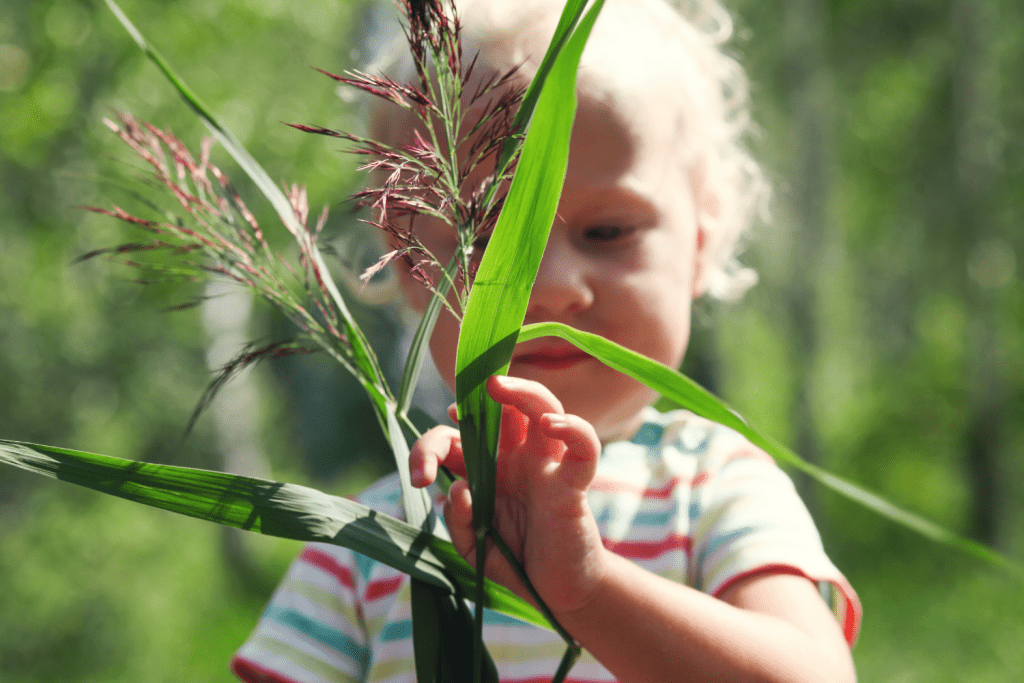
Living and Nonliving Things Activities for Preschoolers
Use these games to help your preschooler learn more about the concept of living and nonliving things. FREE instant pdf downloads!
1. Living Nonliving Card Game
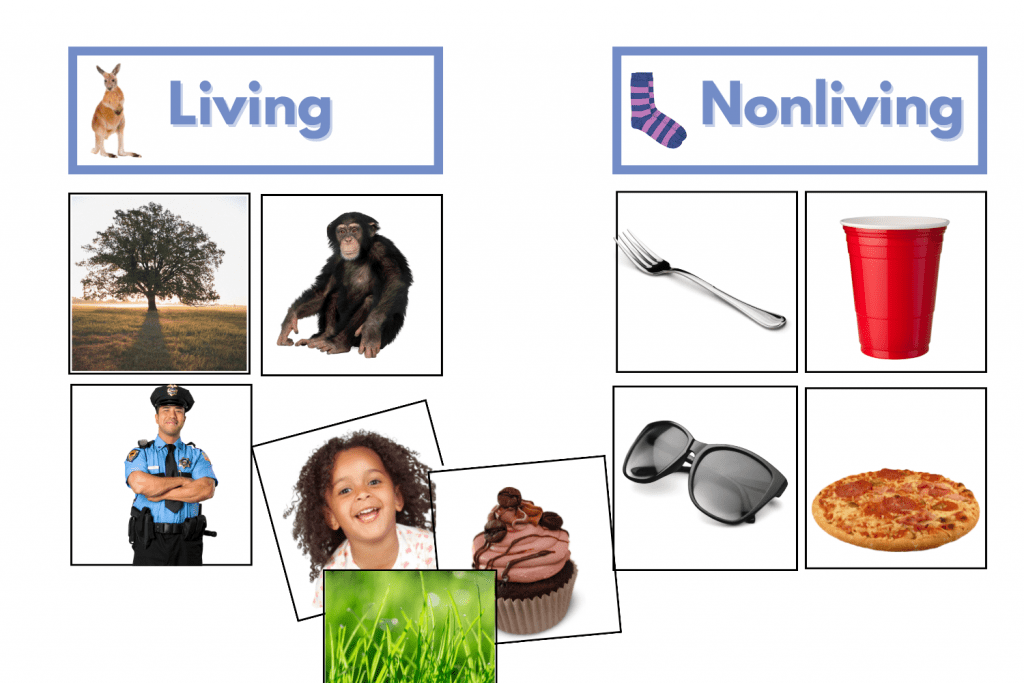
2. Yes or No? Card Game
This game is an extension of learning about Living and Nonliving Things. Answer the questions with Yes or No to determine if the subject in the picture has the characteristics of something living.
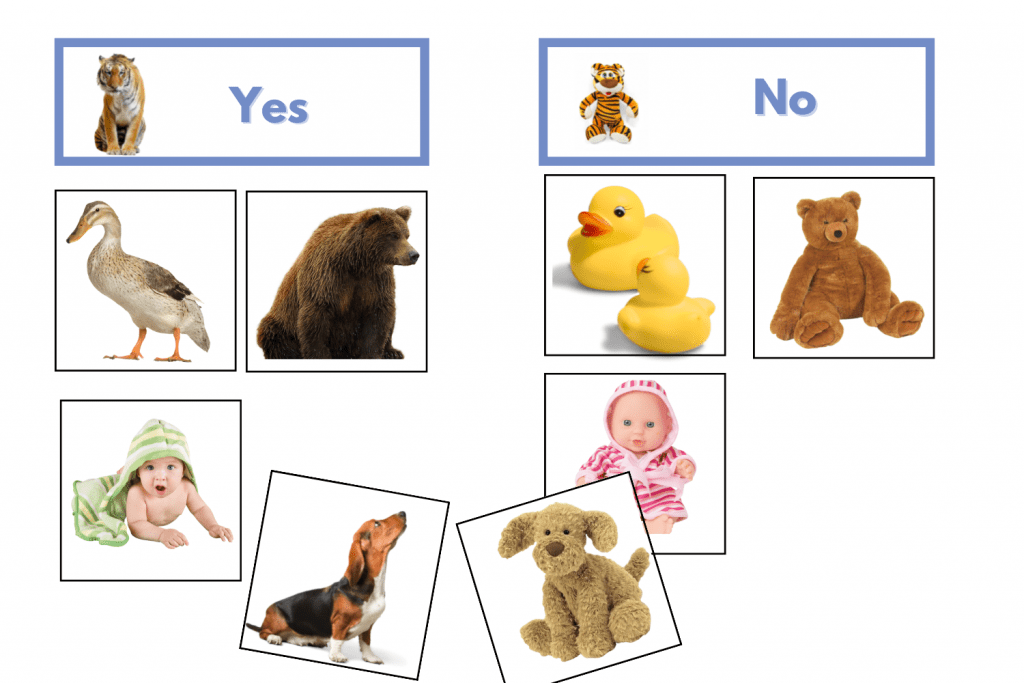
3. Nature Walk
Take a nature walk and look for living and nonliving things. Look at trees, plants, and flowers. Explore the tiny things crawling on the ground. Look up in the sky and across the lake. Ask your child questions. Depending on how well your child is understanding the concept you may want to ask more challenging questions to get them to think. For instance: The boat is moving. Is it a living thing? Why not?
Be sure to check out more fun activities for preschoolers
- Sink and Float Activities for Preschoolers
- Outdoor Summer Activities for Preschoolers
- Preschool Bird Activities

DEBBIE BROWN | Owner and Curriculum Designer
Hi! I’m Debbie Brown. I created Tothood 101 because I’m passionate about sharing preschool activity ideas, and resources that I’ve gleaned from my 20+ years of experience teaching preschoolers at home and in the classroom. My goal is to encourage, guide, and help inspire you to make learning SUPER FUN for your preschooler at home! Check out the ABOUT page to learn more.
CONNECT WITH ME!
